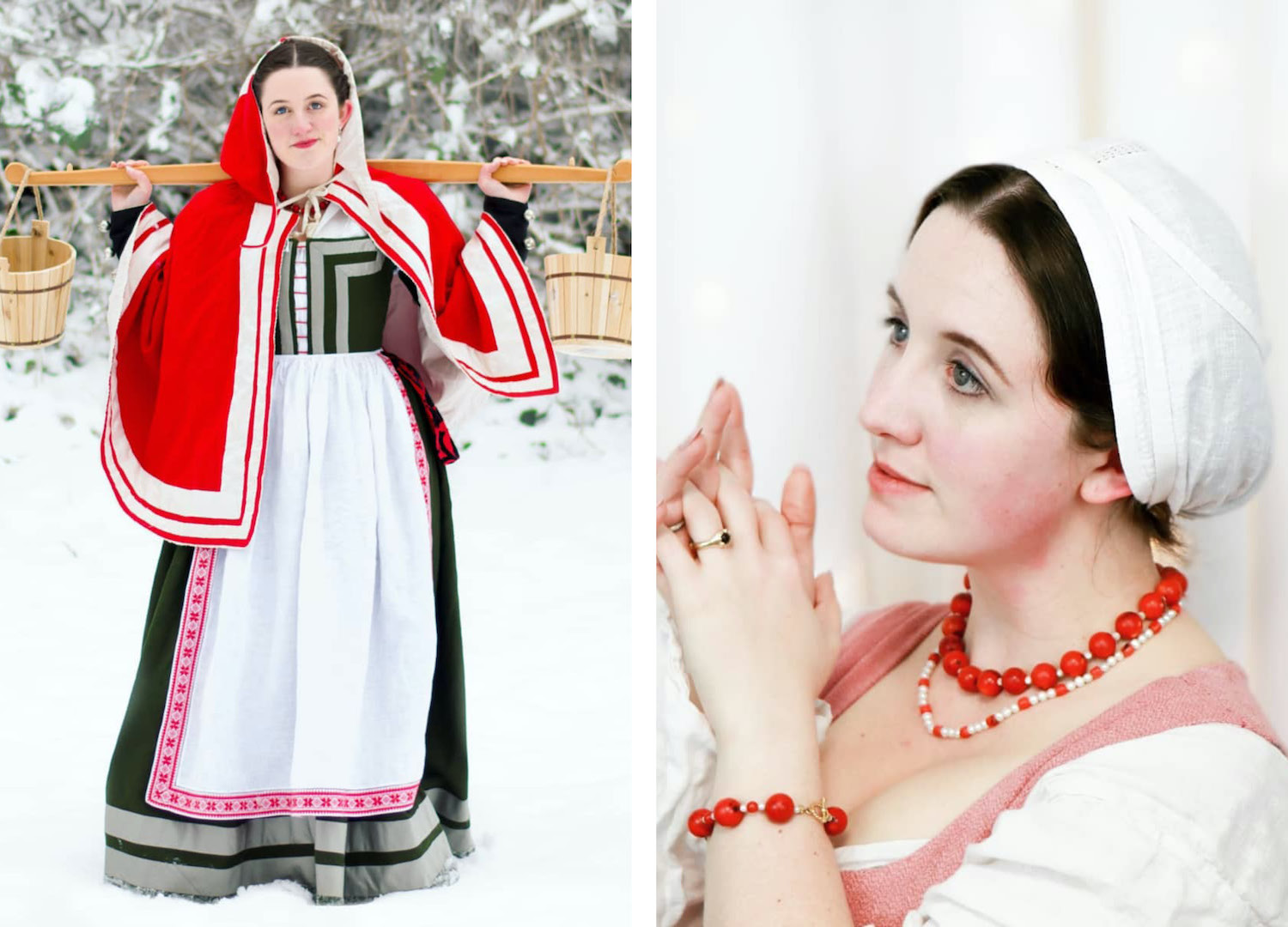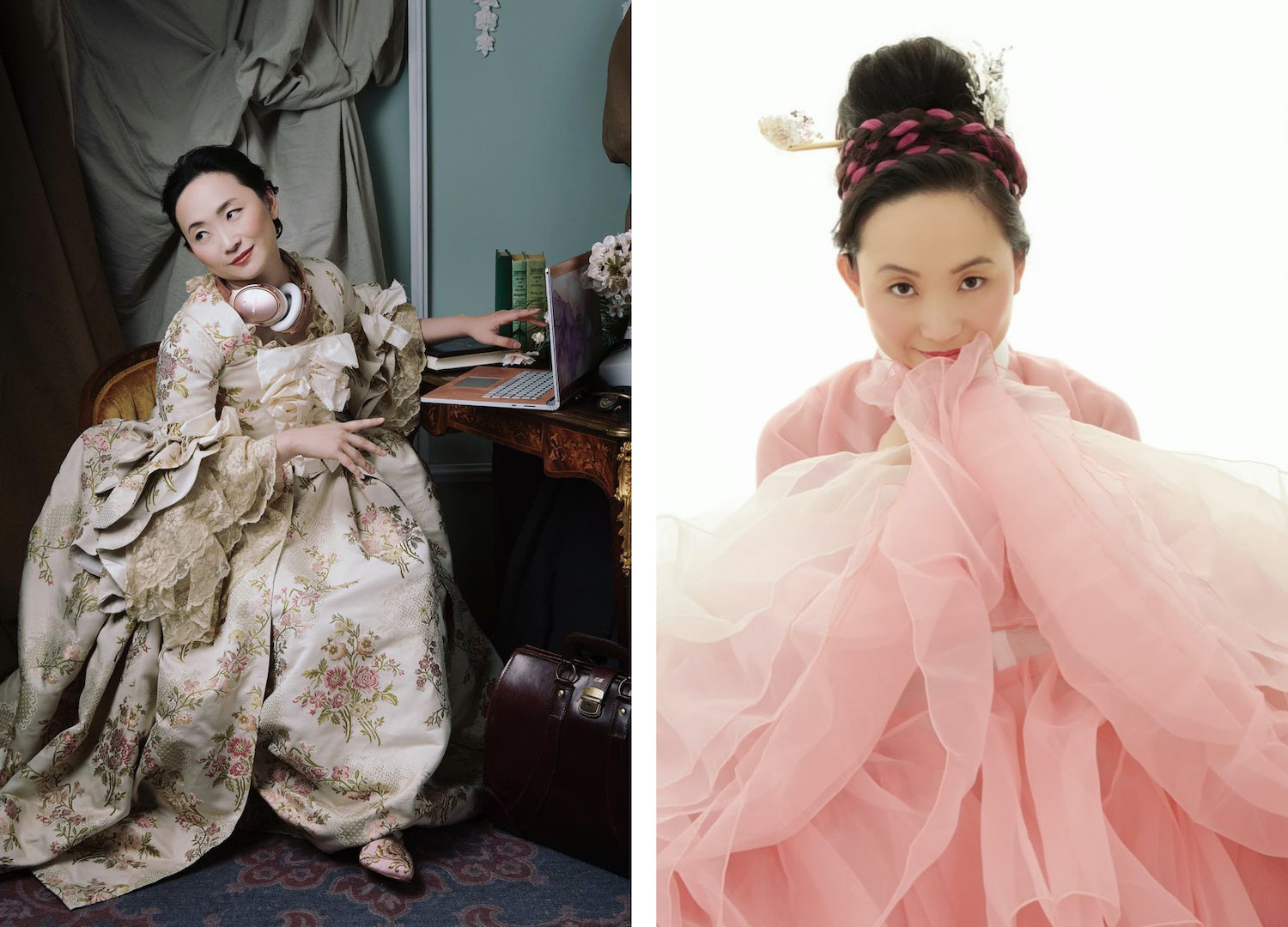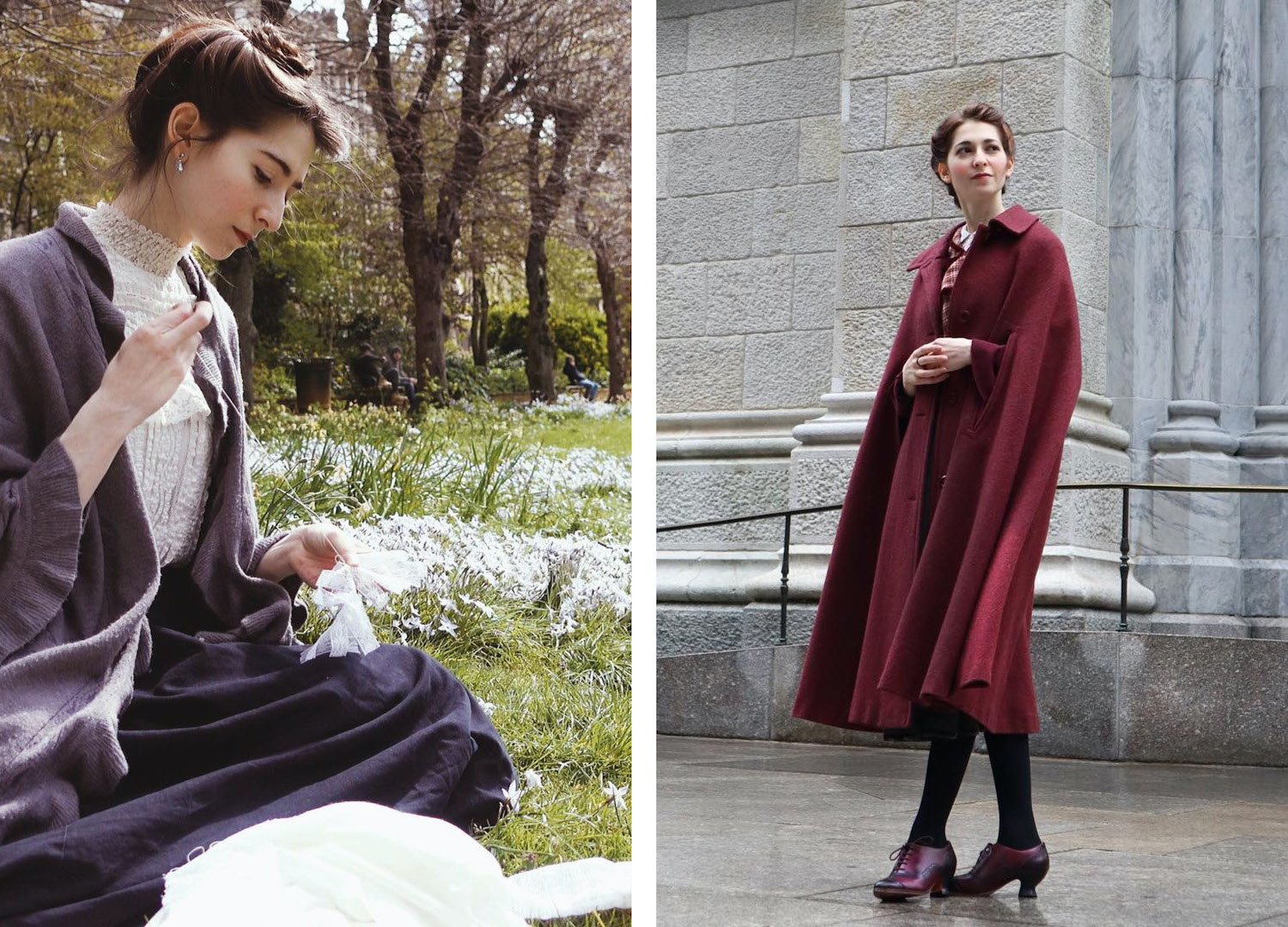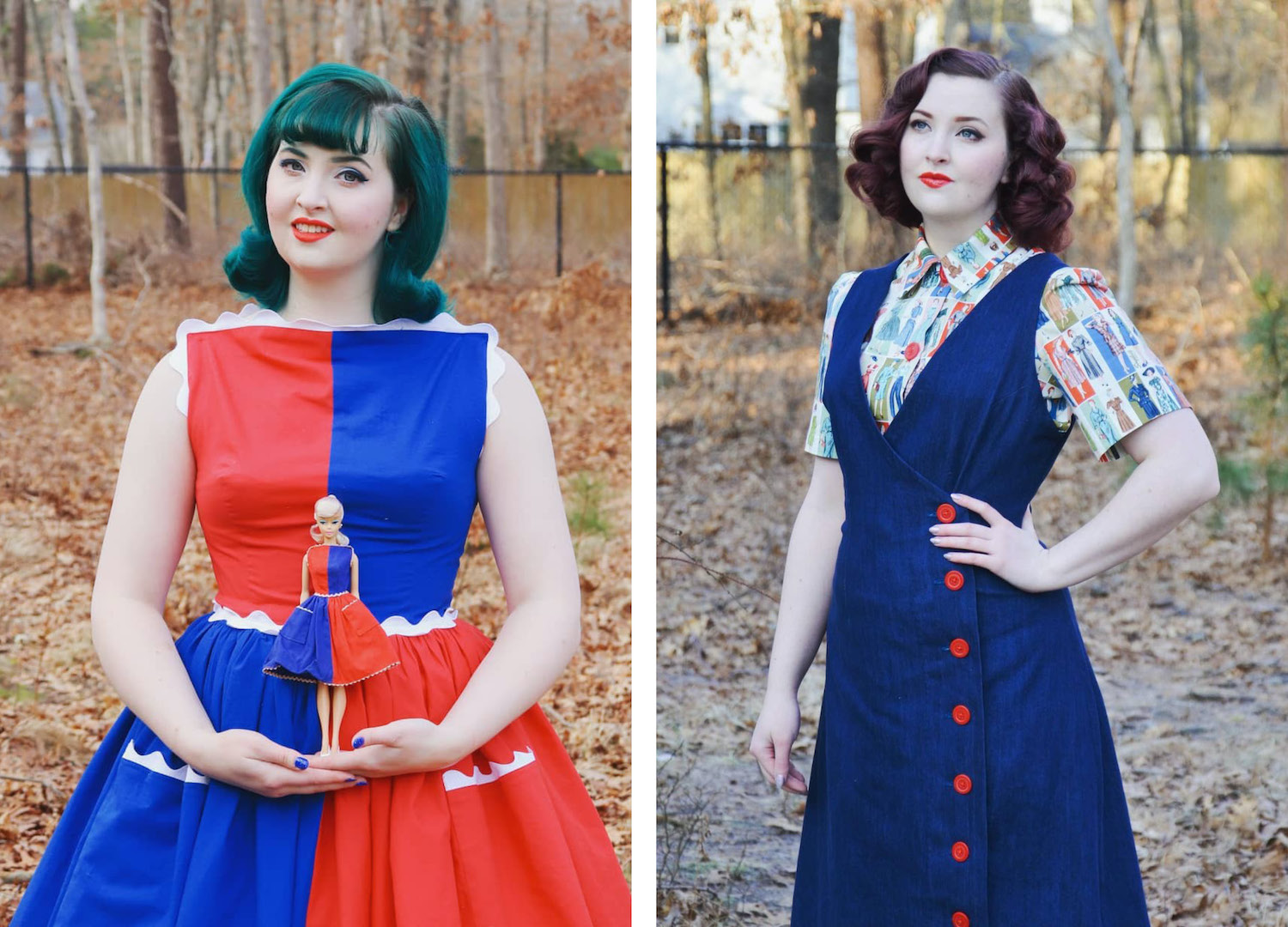
A Stitch in Time: What Historical Sewists Can Teach Us About Slow Fashion
They say those who don’t learn history are doomed to repeat it. And while those who do learn history are largely doomed to repeat interesting historical facts to uninterested loved ones, it is undeniable that the secrets of the past can give us unique and practical insights into the present.
Sewing has a lot of history. Archaeological evidence suggests humans began sewing back in the Palaeolithic era, or Stone Age, using needles made of bones and thread from animal guts to create clothes and shelter. It’s mind-bogglingly cool that we still sew today for the same reasons as our ancient ancestors. While the practice of sewing has changed dramatically over the centuries, the essentials (needle, thread, knots) remain in continuity reaching back tens of thousands of years.
The antithesis of Fast Fashion (cheap, mass produced, designed to be thrown away each season) is Slow Fashion (thoughtfully created with an eye towards quality and durability) and there is little else slower – both literally and in spirit – than historical sewing.
Historical Sewists live within the overlapping Venn diagram bubbles of Fashion Historians and Online Sewing Subcultures and are interested in garments of the past – not just their sweet style but the construction and techniques that were used to make them. Some historical sewists are very strict and work using original-practice methods where they try to use only technology that was available to sewists of the time. Others are more interested in reconstructing specific outfits from historical records and many more are just having fun – playing around with what is essentially a form of experimental or experiential archaeology.
In a sense, historical sewing is a return to fundamental principles and can teach us a lot about how and why we sew certain things in certain ways. This is not to suggest that all of us who enjoy sewing should throw out our machines and switch to old-timey styles full-time. Most of us do not have the time, resources or even the inclination to painstakingly recreate historical ball gowns, nor would it be very sensible or sustainable for us to do so. But even without going ham on committing to the bit, there is a whole heap that historical sewing can teach you about drafting, garment construction and hand sewing that can make you a more mindful and better sewist.
So, without further ado and roughly chronological by eras of interest, here are some of our favourite historical sewists to help you enrich your sewing practice, or at least help you kill time on your phone in an aesthetically and intellectually pleasing fashion.
image above: SEWSTINE photo LINDSEY HINDERER PORTRAITS

Morgan Donner
Morgan Donner is a disarmingly charming YouTuber and self-taught maker of historical garments with a soft spot for the Mediaeval period – kirtles and caps, hoods and heralds – though she has gone as far back in time as reconstructing the 500-year-old Norse Herjolfsnes Gown and as far forwards as 1950’s Mrs Maisel-inspired party dress. Morgan’s enthusiasm for historical research is matched by her energy for experimentation and whimsy – her notable shenanigans include a rainbow tie-dyed Chemise a la Reine, constructing a working Victorian bustle-chair, studying 10,000 years of pottery to replace a chipped mug and shaving her hip-length locks to showcase 500 years of haircuts.

Sewstine
Sewstine, or Dr Christine Na-Eun Millar, is not the woman you want to be watching when you’re feeling unproductive. A full-time medical doctor (an anaesthesiologist to be precise) and mother to babies (both human and dog), she still finds the free time to commit to creating elaborately embroidered recreations of Madame de Pompadour portraits, Studio Ghibli heroines and historical fashions from the eighteenth century to Edwardian Art nouveau. For those of us whose sewing practice sometimes consists of watching videos on our phone in bed, she humbles us by the sheer amount of time and passion she puts into what is only a side hobby for her, as well as the generosity and care she takes by sharing her processes, not to mention the breathtakingly intricate beauty of her finished pieces. We can only bow down to her greatness.

Bernadette Banner
Bernadette Banner is a big name in the historical sewing world; she’s a dress historian who works in original practice focusing on fashion that predates the widespread use of the electric sewing machine, in particular late Victorian and early Edwardian – or as historians call it, “Sherlock Holmes-y times”. All her work is done by hand or with the use of period authentic machinery – her instruction on the art of hand sewing is so illuminating she has been tapped to teach an online course and has an upcoming book to be released on the topic. Originally trained as a Broadway costume designer, Bernadette now works as a research consultant as well as a content creator. She is didactic in her discussion of how the historical sewing techniques and attitudes towards dress could oppose the environmental devastation and poor labour practices of fast fashion and mass manufacture.

Angela Clayton
Angela Clayton is a seamstress and designer who likes to play fast and loose with historical accuracy – mixing historical silhouettes and details with modern materials to create the fancy dress ups of your dreams. However, there are plenty of opportunities to learn with her meticulous, detailed videos. A collector of vintage patterns, Angela has sewn along with commercial patterns from every decade of the twentieth century, exploring not only changes in fashion but changes in the language, techniques and practices of the sewing industry and community. And delightfully, she also sometimes re-creates life size versions of vintage Barbie outfits, something that scratches the surface of a lot of childhood fantasies.


